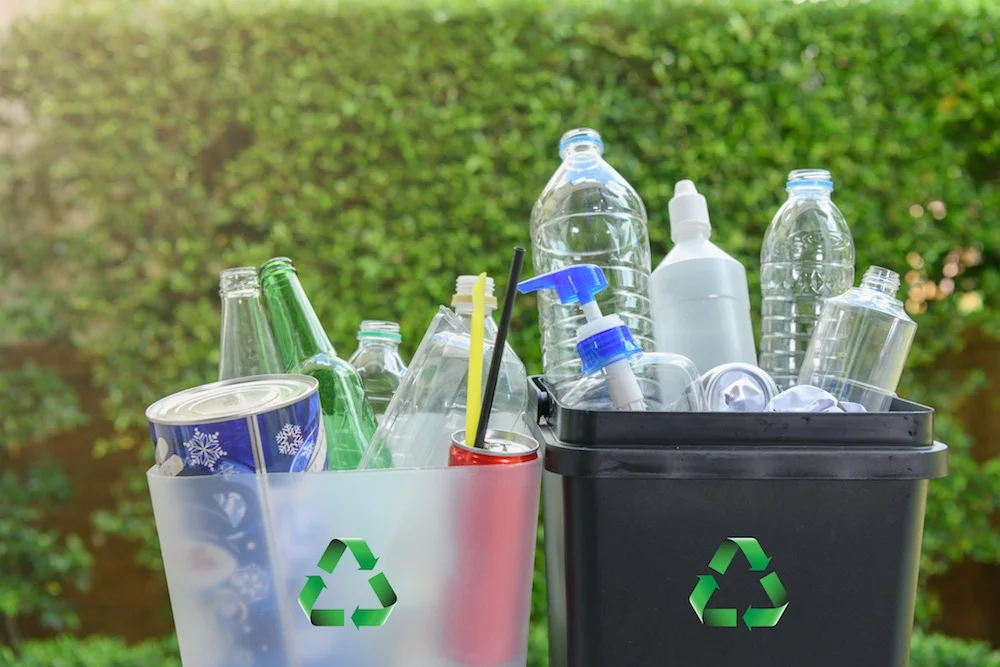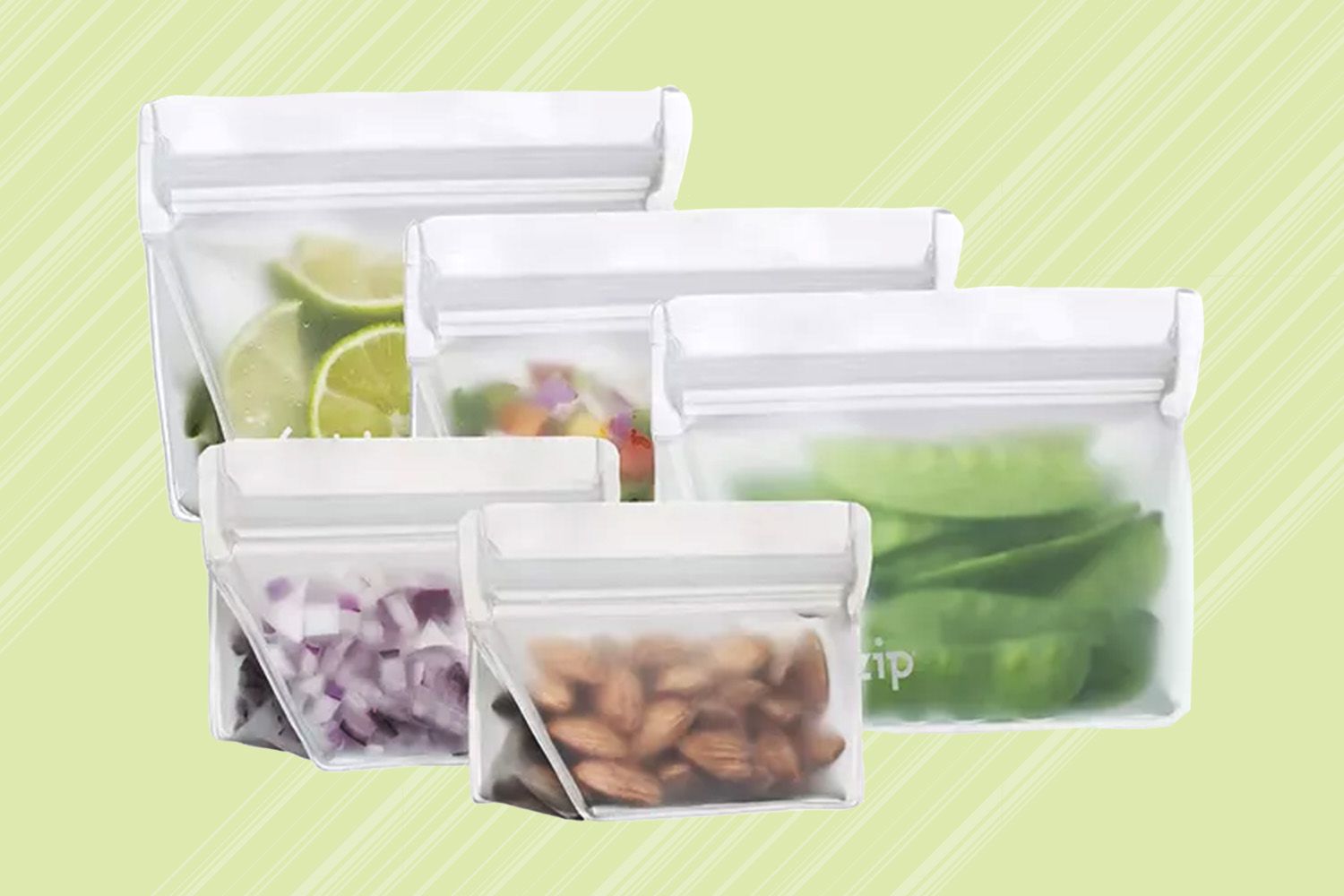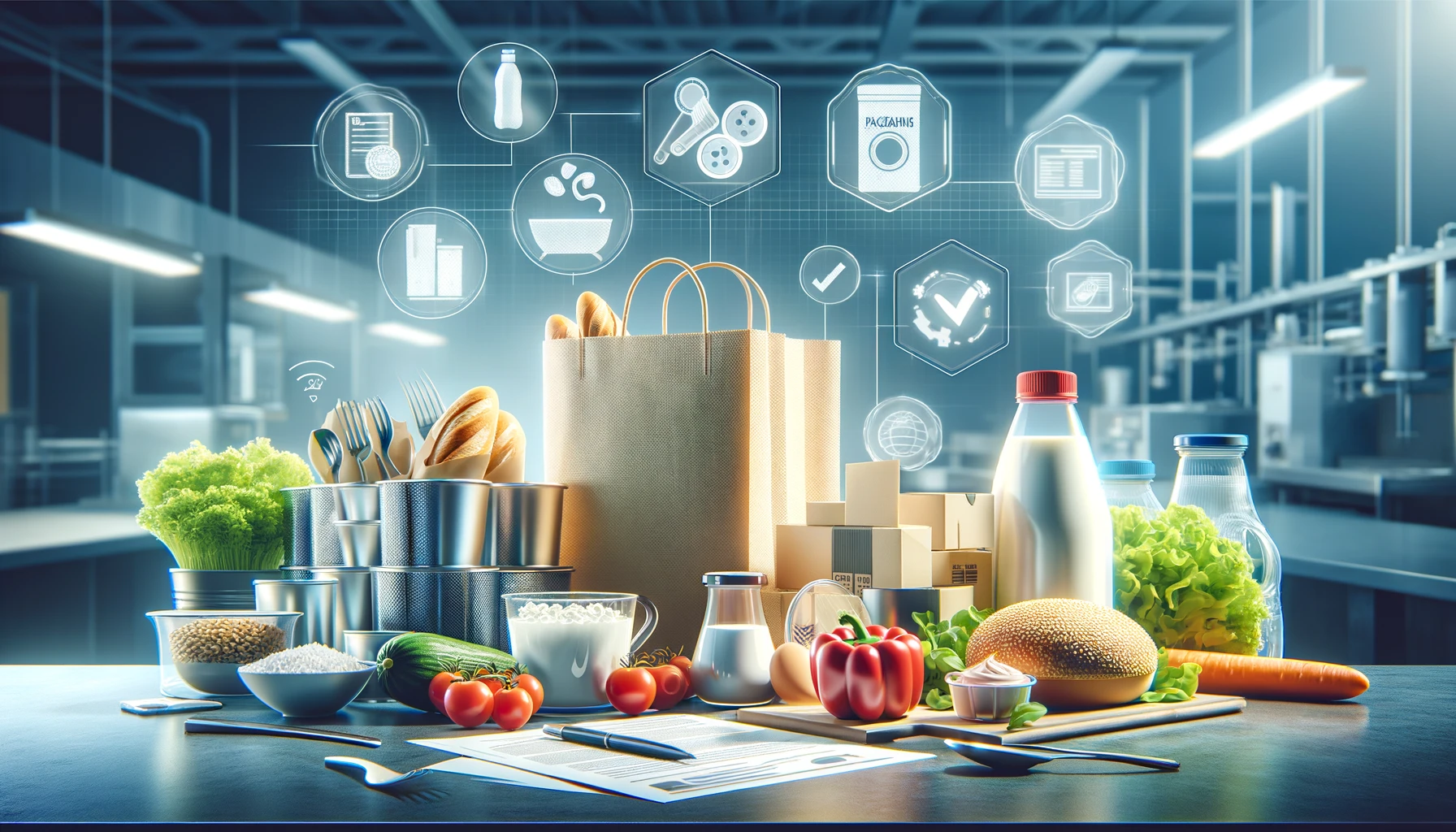Plastic recycling is the process of converting waste plastic materials into new goods while minimising waste and environmental effects. The process begins with the gathering of used plastic objects such as bottles, containers, and packaging. These objects are then separated by category and colour, ensuring effective recycling. Plastic recycling is essential for preserving resources, lowering pollution, and fostering a more sustainable future.
Addressing plastic trash is critical to maintaining the environment and human health. Plastic pollution hurts wildlife, pollutes rivers and streams, and harms ecosystems. Recycling, limiting plastic consumption, and properly disposing of waste can help reduce these effects and build a cleaner, healthier planet for everyone.
Traditional recycling processes include collecting, sorting, and processing recyclable items such as plastic, paper, and glass. However, these technologies have limitations, such as high energy consumption, contamination, and restricted recyclability of some materials. Improving recycling technologies and promoting circular economy ideas are important for overcoming these issues.
Plastic Recycling in Sri Lanka
Sri Lanka is an island nation with a population of 21.4 million. Sri Lanka generates 7000MT of solid waste per day with the Western Province accounting for nearly 60% of waste generation. Western Province is the most populated province where the economic capital of Colombo is located. The highest waste generation is also recorded in the Western Province. The Colombo Municipal Council collects around 700800 tons of solid waste daily. The other Municipal Councils in the Metro Colombo Region comprising of Dehiwela-Mt. Lavinia Municipal Council (DMMC), Kolonnawa Urban Council (KUC), Sri Jayawardenapura Kotte Municipal Council (SJKMC) and Moratuwa Municipal Council (MMC) collect about 350- 400 tons of solid waste daily. The most common plastic waste products are straws, yoghurt cups, mega bottles, lunch sheets, milk packets, meal boxes, polyethene bags, sachet packets and wrappers. The Centre for Environmental Justice (CEJ) recently conducted several brand audits across the country. These audits revealed that multi-national companies such as Coca-Cola, Unilever and Nestle contribute the most plastic pollution in Sri Lanka. However, the contribution from local brands also remains considerable. Around 50 % of the plastics that the world produces are single-use plastics, utilized for just a few moments, but remain on the planet for at least several hundred years.
Currently, Sri Lanka has over 400 companies engaged in plastic processing. A total sum of Rs.15 Bn has been invested in plastics re-processing in Sri Lanka. Almost 50% of this has come through Foreign Direct Investments. Out of this 66 % of this total investment is exclusively for the re-processing of plastic products for the export market. The main polymers for producing single-use plastics are HDPE, LDPE, PET, PP, PS, and EPS.2 The capacity of the local plastic processing industry at present is nearly 140,000 MT per annum with an annual average growth rate of around 10%. – 12%.
The Stages of Recycling Plastic at DKW
Collection
This is the first stage of the recycling process, it involves the collection of recycling from homes, businesses, and schools. For this stage, everyone must correctly sort their plastic ready for collection and recycle all the items they can.
The collection of plastic is key for the recycling system to operate well. The more plastic suitable for recycling that is collected the more material available to be reprocessed and used back into new products.
Sorting
The second stage is sorting plastic from other materials. Today, plastics are sorted for either mechanical recycling or landfill. Advanced recycling opens a new path for difficult-to-recycle plastics like chip bags and even artificial turf to be diverted to plastic recovery facilities.
Shredding and processing
A critical stage in recycling plastic is shredding or grinding plastic into smaller flakes. The washed and sorted plastic is sent through shredding machines where it is ground into smaller pieces of plastic.
The plastic is shredded in different manners depending on the classification and methods of the shredder. Further sorting may take place to ensure a pure stream of material is produced. Plastics that are more difficult to recycle are sent to advanced recycling facilities.
Rebuilding
At an advanced recycling facility, the plastics are converted into liquid and gas molecules – the raw feedstock needed to make valuable new products.
New plastics
These building blocks can be used to create a variety of new products.
Circular plastics
Certified-circular plastics are used in a variety of products, such as food-grade packaging. Once used, the products can be collected, sorted and recycled, helping to meet society’s goals for a more circular economy.

Challenges and Considerations
To achieve an effective and sustainable plastic recycling process, several problems must be overcome. Technical constraints, such as the complexities of separating different types of plastics and the energy-intensive nature of recycling, necessitate inventive solutions and technological breakthroughs. Regulatory difficulties and policy consequences are also important since governments must adopt effective recycling incentives and enforce recycled content standards.
Furthermore, public awareness and education regarding plastic recycling are critical. Raising awareness through education programmes and accessible recycling infrastructure can help people make environmentally responsible decisions and contribute to a cleaner future. Collaboration among stakeholders is critical for addressing these difficulties and creating a circular economy in which plastics are reused and recycled efficiently.
Future Prospects and Innovations
Looking ahead, the future of plastic recycling seems positive, with innovative technologies leading the way. Chemical recycling, which breaks down polymers into their basic building blocks for reuse, is one example of an innovative approach to raising recycling rates and decreasing waste.
Furthermore, advances in sorting and processing technologies improve recycling efficiency and cost-effectiveness. These inventions have huge scalability and adoption potential because they overcome significant difficulties in existing recycling systems. Research and development play an important role in driving these improvements, with ongoing efforts aimed at increasing recycling procedures, producing sustainable materials, and finding innovative solutions to plastic waste management.
By investing in research and development, we can open up opportunities for a more circular economy in which plastics are reused, recycled, and repurposed to reduce environmental impact.
Conclusion
Finally, plastic recycling is a vital solution for reducing the environmental impact of plastic waste and moving towards a more sustainable future. Its significance cannot be emphasised, as it saves resources, minimises pollution, and safeguards ecosystems. It is critical that stakeholders, including governments, organisations, and individuals, promote and invest in plastic recycling projects. We can maximise the potential of plastic recycling by prioritising recycling infrastructure, establishing effective laws, and encouraging innovation, resulting in a circular economy in which plastics are efficiently reused and recycled.
DKW is one of the biggest plastic recycling companies in Sri Lanka. We are helping different organizations to reduce their plastic wastage.
Want to know about Sri Lanka’s plastic recycling? Call us at (051) 222-2117 or email at info@dkwplastics.com. Together, we can make a huge difference in safeguarding our world for future generations.



